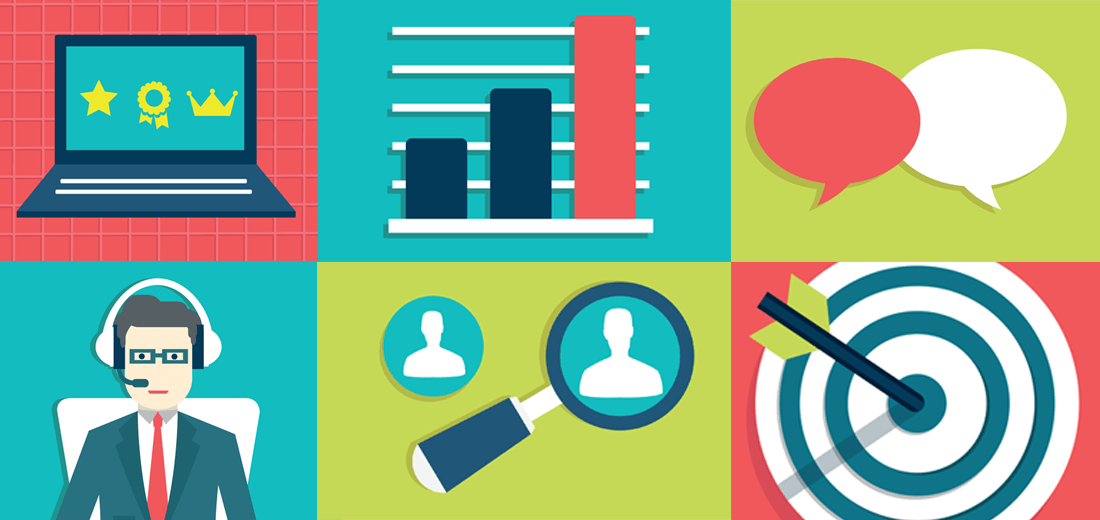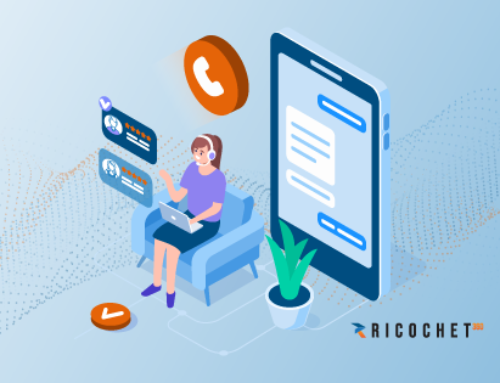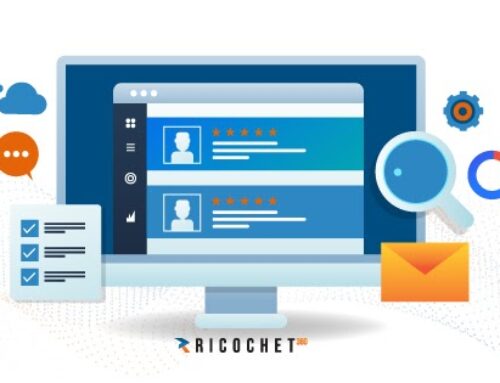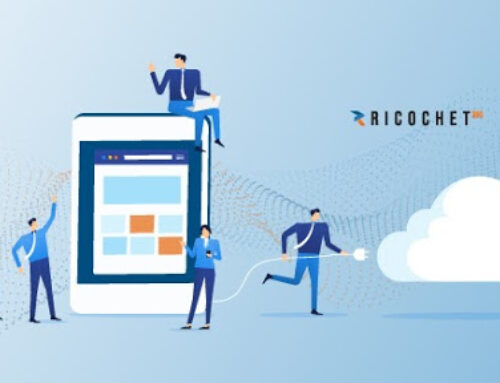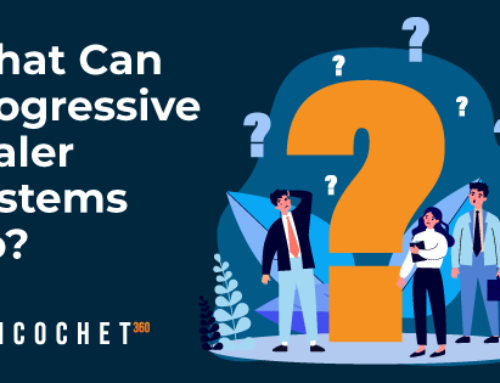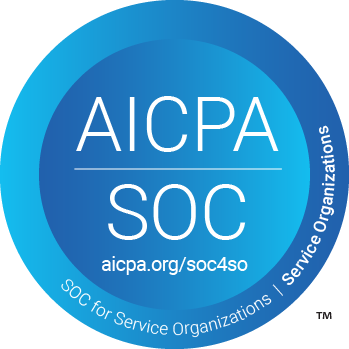Gamification is an increasingly common practice used to improve contact center performance and agent engagement. It helps to motivate your contact center agents and incentivize higher performance. Improved productivity and performance are difficult without happy and interested employees. A 2015 Gallup poll showed that 95% of employees say they enjoy using gamification as part of their work and over 90% indicate that it improves their work experience. That same survey shows that 30% of employees felt that gamification increased their engagement, 27% felt it made them more productive and 20% said it helped them stay on task.
The Psychology Behind Gamification
Throughout our lives we play games and compete, learning strategies and celebrating victories. Competition like games triggers strong, basic human emotions: excitement, intrigue and happiness. In the workplace, well-designed “friendly competition” can motivate individuals and teams to maximize results. Salespeople are competitive by nature, so it’s especially well-suited in sales. Some agents may even compete against themselves, attempting to set new personal records.
Engagement and Scoreboards
As shown by high agent attrition, employee engagement is an ongoing problem at contact centers. Gamification enables a more captivating work environment. A published ‘leaderboard’ taps into the psychological behaviors that govern our decisions. It emphasizes goals of the business, positive competition, and recognition of achievement. Ideally the business should focus on important common goals, whether it’s number of calls, customer satisfaction, sales conversions or revenue. During competition, recognize leaders and ultimately reward them for winning.
The age-old challenge of getting salespeople to log information is also reduced with gamification. To compete, agents must provide updates on their progress, cooperate to solve problems and monitor results.
Collaboration & Improvement
One of the byproducts of gamification is higher overall performance. It creates a desire for completion of goals and tasks. It also triggers consistency bias, tapping an agent’s desire to be seen as someone who does good work. In turn, that leads to mastery as the feedback loop indicates what’s working and what’s not. From a management perspective, gamification enables feedback collection to the group. When agents share their knowledge of best practices, the team improves.
Gamification can also create negative energy for those not winning, so fostering teamwork and collaboration over “cutthroat” activity is essential. It can also create burnout when agents push too hard to win. The best contests are fun and interactive. Rewards for individuals should boost team performance, and your program should encourage collaboration and learning between agents.
Implementation of Gamification
Two elements are needed to make any gamification program succeed: clear goals and accurate reporting. First, start with what you want to measure. Ensure you have systems to track and report those metrics. Then implement your scoreboard to match.
Competition motivates some agents, while others prefer rewards. Gamification supports either philosophy. Since one size does not fit all, devise a program that suits the goals and culture of your business. Iterate based on the reactions of your agents – if something demotivates a team, learn more and adapt. If something works well, consider expanding the program to leverage the reward or recognition.
Best Practices for Contact Center & Sales Gamification
- Start by defining simple, common goals for the business
- Ensure the goals are measurable and verifiable
- Decide between rewards and recognition
- Implement tracking & reporting system(s)
- Introduce “friendly competition” for teams
- At end of competition, encourage sharing by winners
- Review weaker performers to learn from & train them
- Recognize everyone…
- Periodically review competitions & metrics and survey participants
- Iterate
